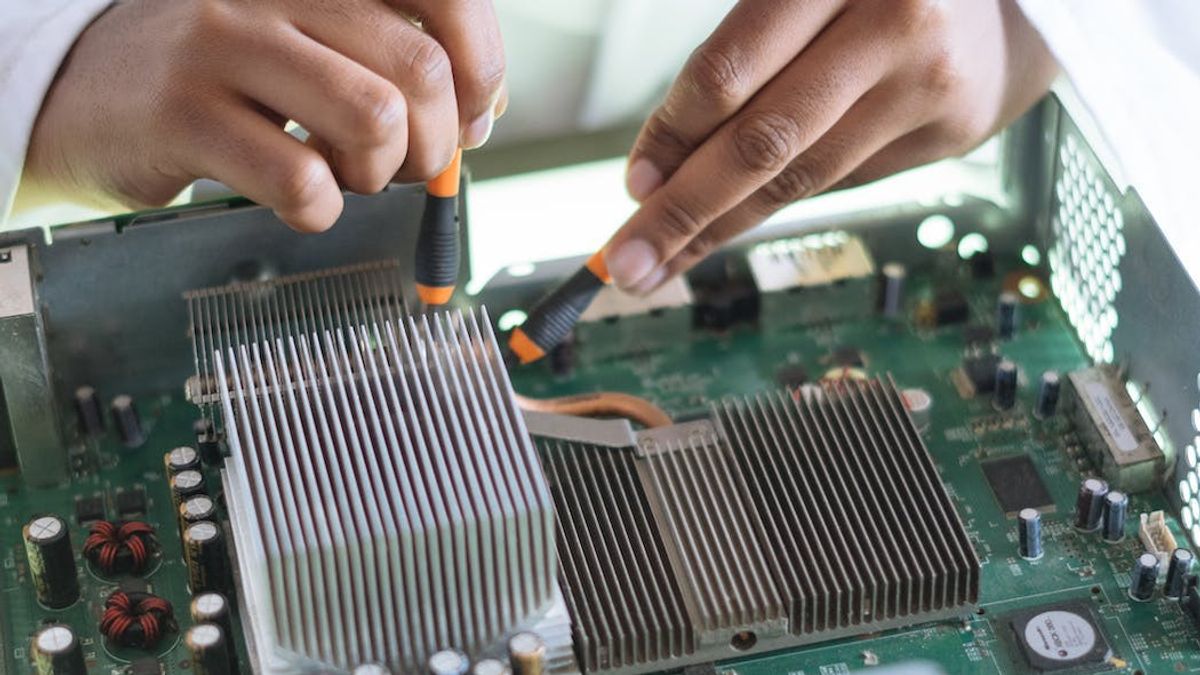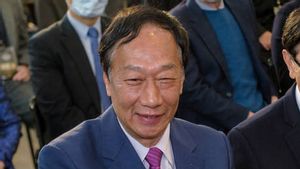The lack of chronic engineers in Vietnam emerged as a major challenge to the growth of the semiconductor industry and the US plan to accelerate the Southeast Asian nation as a chip production center. This is done as a step to anticipate the risk of supply related to China.
Semiconductor is expected to be the main focus of US President Joe Biden's visit to Hanoi from September 10 with the aim of formally improving relations between the two countries. "He will offer support to Vietnam to increase chip production," US administration officials said.
The "friendshoring" segment in the semiconductor strategic industry has become one of Washington's main incentives to persuade Vietnamese communist leaders to agree to formally improve relations. Hanoi was initially hesitant about this move for fear of a negative reaction from China.
The increase in formal relations could bring billions of dollars in new private investment and part of public funds to Vietnam's semiconductor industry. However, industry officials, analysts, and investors say that the scarcity of trained experts will be an important obstacle to the rapid development of the chip industry.
اقرأ أيضا:
"The number of hardware engineers available is well below what is needed to support investment amounting to billions of dollars, about one-tenth of what is expected in the next 10 years," said Vu Tu Thanh, Vietnam's office chief of the US-ASEAN Business Council.
According to Thand, the country with a population of 100 million lives has only 5,000 to 6,000 trained hardware engineers for the chip sector, while the expected demand is 20,000 in five years and 50,000 in a decade, citing estimates from companies and engineers.
"There is also the inadequate supply risk of trained chip software engineers," said Hung Nguyen, senior program manager on supply chain at Vietnam's RMIT University.
Vietnam's ministries responsible for workers, education, information, technology, and foreign affairs did not respond to requests for comment from the media.
Vietnam's semiconductor industry, whose exports to the US are worth more than half a billion dollars per year according to Vietnamese government data, is currently focused on the final manufacturing stage in supply chains - namely assembling, packing, and testing chips - although it is developing into areas such as design.
The White House has not specified which segment of the chip industry in Vietnam will prioritize, but US industry executives have indicated that the final stage is one of the key growth sectors.
China has played an important role in this consideration. Nearly 40% of global late-stage manufacturing was in China in 2019, according to the Boston Consulting Group, compared to only 2% in the United States. A total of 27% are in Taiwan, around regions China is increasing military activity, sparking fears of conflict.
It made the assembly segment one of the most concentrated segments in the industry, after chip manufacturing. No other segment has such a strong position in Beijing's hands.
This is happening even though Intel has been operating in southern Vietnam for about 15 years with the world's largest assembly, packaging and chip testing plant.
However, as a sign of increased interest, Amkor's competitors are building a "high-tech mega factory for assembly and semiconductor testing" near Hanoi, US Treasury Secretary Janet Yellen announced during a visit to Hanoi last month.
Further private investment could come, especially if most of the US$500 million (Rp7.6 trillion) available in the US CHIPS Act for the global semiconductor supply chain ends in Vietnam.
"The US may also be interested in increasing the supply of Vietnamese chip raw materials, where the country is expected to have the second largest deposit in the world after China," said Hung at Vietnam's RMIT University.
The country is also making moves in a smaller segment of chip design. US chip design software company Synopsys operates there, Marvell competitors plan to build a "world-class" center, and local companies are developing.
Vietnam has also attracted interest from chipmakers and has expressed its ambition to build its first semiconductor manufacturing plant, or fab, towards the end of the decade.
However, the semiconductor ambition can remain a dream if a lack of skilled workforce is not handled properly, and makes Vietnam more vulnerable to regional competitors such as Malaysia and India.
Intel has repeatedly urged authorities to expand the number of skilled workers, said the official who acknowledged it.
The company has considered nearly doubling its operations worth $1.5 billion in Vietnam, sources earlier this year said, but it's unclear whether it's still a plan after the company announced a major investment in Europe in June. Intel did not provide a response to a request for comment.
Amkor has about 60 job vacancies on its Vietnamese website, mostly for engineers and managers.
"Another way that can be done is to make it easier for Vietnamese regulations to issue work permits for engineers from abroad, which are currently'very difficult to get quickly'," Thanh of the US-ASEAN Business Council said, "until the strength of domestic skilled work increases."
However, it would require faster legislative changes and administrative procedures - which are not easy to implement, according to several Vietnamese-based diplomats and entrepreneurs.
US President Joe Biden intends to discuss with Vietnamese leaders a labor development program, the White House said in a statement, which could expand existing training initiatives.
The English, Chinese, Japanese, Arabic, and French versions are automatically generated by the AI. So there may still be inaccuracies in translating, please always see Indonesian as our main language. (system supported by DigitalSiber.id)
















